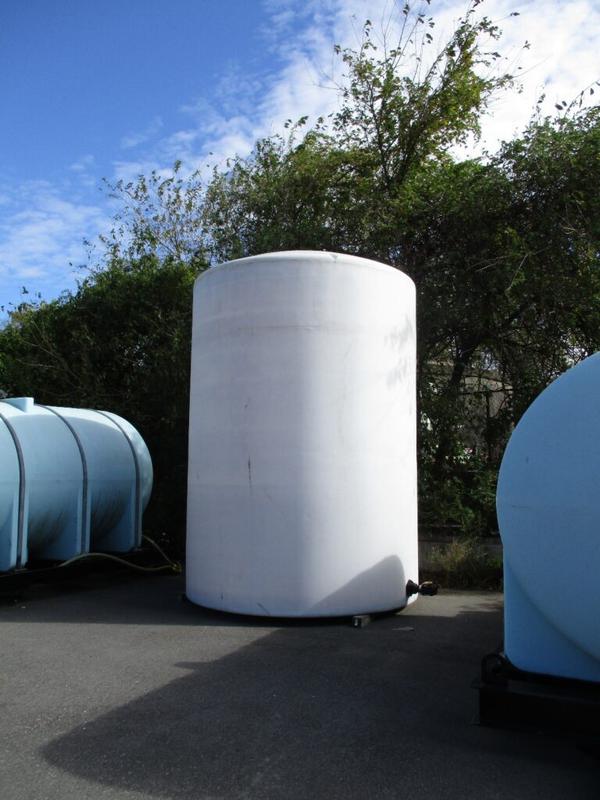Now that winter weather is upon us, Long Island regulatory agencies are keeping an eye on bulk road deicing material storage facilities that contain and manage salt and brine. Although use of salt-containing materials is widespread, there are environmental concerns associated with such materials, which are considered in Nassau County and Suffolk County regulations in New York.

Why are salt-containing materials a concern?
Bulk storage of salt-containing materials is regulated because improper handling can result in large concentrated impacts from the storage areas. Salt-containing materials that are placed on both permeable and impermeable ground surfaces have the potential to infiltrate groundwater or run off to fresh surface water bodies, as well as damage plants and wildlife. A large release of salt could contaminate Long Island’s sole source aquifer system that provides residents with their fresh drinking water.
What local regulations apply to storage of salt-containing materials?
In Nassau County, road deicing salt materials are covered under Article XI of the Nassau County Public Health Ordinance for Toxic and Hazardous Materials Storage, Handling, and Control (Article XI). Article XI requires all facilities that maintain a road deicing salt storage facility to obtain a permit from the Nassau County Department of Health. All new and existing facilities are subject to this requirement. For salt storage facility permitting, evaluation of details of the surface that salt is to be stored on, how it will be sheltered from precipitation (for example, construction of a salt dome or shed), the location of the nearest potable water supply well(s), and facility operational details is required. Where brine making is considered, the brine generating and dispensing equipment itself also has bulk storage regulatory requirements, such as potential spill containment, high level alarms and other salt/water material related warning systems.
In neighboring Suffolk County, the regulations are similar. Road deicing salt materials are subject to Article 12 Regulations (Article 12) of the Suffolk County Sanitary Code – Under Article 12, deicing salt materials are subject to provisions of toxic and hazardous materials as described throughout the regulation. Additionally, there may be additional restrictions or requirements related to salt storage in accord with Article 7 of the Suffolk County Sanitary code for the protection of groundwater in particular groundwater sensitive areas.

What is the difference between “salt” and “brine”?
The term “salt” commonly refers to rock salt, which is a solid salt-containing substance. “Brine” is a liquid solution containing a high percentage (typically 20-25%) of dissolved salt. Both salt and brine can be used to manage freezing road conditions, but one may be better for application than another at different stages of a storm event.
Which to use? Salt or Brine? And when?
Salt, when used in a roadway application, is only effective once precipitation has begun to fall. If road salt is spread too early, it can be displaced on the dry roadway by passing vehicles. As salt is applied to a “wet” surface, it mixes with the precipitation on the road, and it melts the snow and ice and turns into a salt solution.
Brine, since it is water-based, can be applied to roads prior to a snow or ice event as a “before precipitation” measure. However, brine may not be as effective once precipitation has begun, due to dilution from existing water. As mentioned above, both salt and brine can be used at different stages of a storm to deice roadways and other surfaces.
Walden has extensive experience in designing and permitting storage of salt-containing road deicing materials. To learn more about how we can help ensure your facility is in compliance call Walden today.
